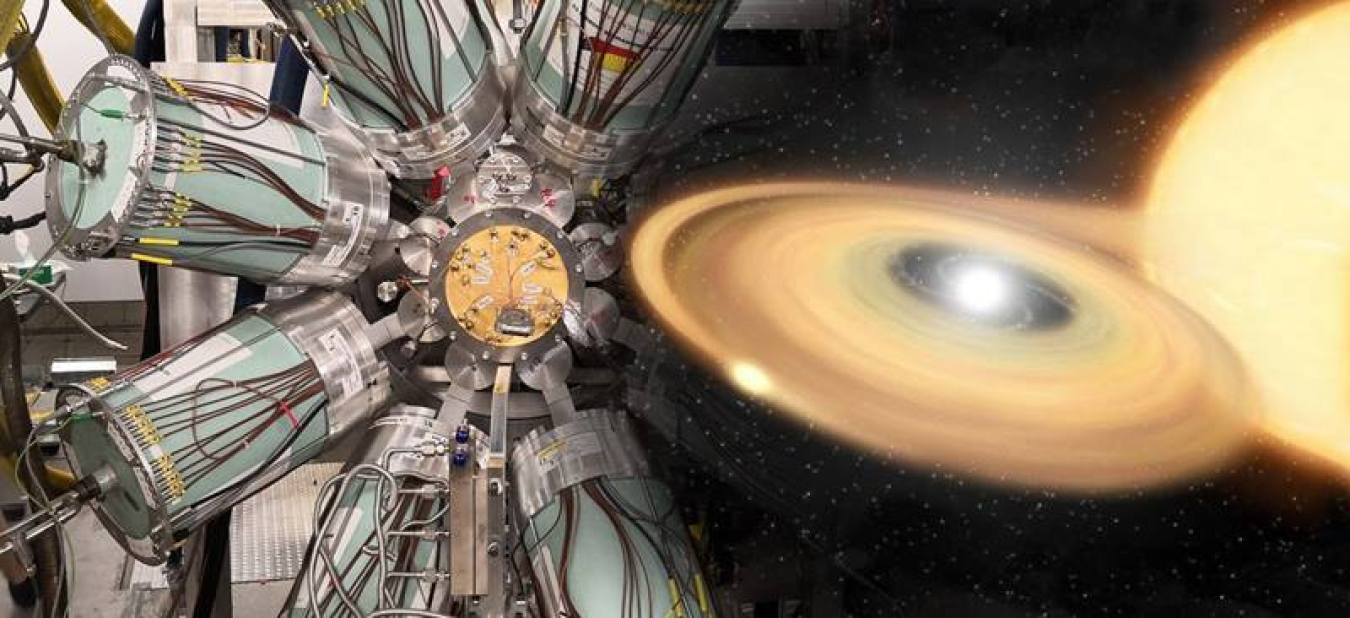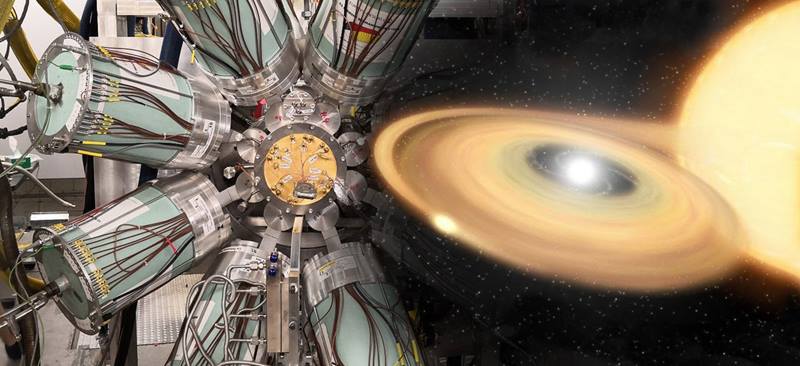
The Science
Energy released by nuclear reactions drives exploding stars such as novae. To simulate novae accurately on computers, researchers need accurate inputs for the rates of nuclear reaction. The unknown rates of some nuclear reactions dramatically influence nova simulations. Nuclear physicists have now determined an important and challenging proton-capture reaction rate. Proton capture involves the collision of an atomic nucleus and one or more protons to create a heavier nucleus. The physicists did so by measuring the reverse proton emission in a laboratory. A state-of-the-art nova simulation incorporates the new experimental information. This allows physicists to compare the results to actual nova observations.
The Impact
Scientists’ current understanding of stellar novae hinges on the rate of the nuclear reaction that was the subject of this study. These new results enable scientists to determine the peak temperatures reached inside nova explosions. In addition, they allow scientists to make more accurate predictions of the isotopic ratios in stardust grains produced in novae. To make these measurements, nuclear physicists developed a new radiation detection system, the Gaseous Detector with Germanium Tagging (GADGET). GADGET detects protons following the beta decay of an unstable nucleus. The number of low-energy protons detected per beta decay in this experiment was the lowest ever measured. This result demonstrates the capability of the GADGET system for future investigations.
Summary
The National Superconducting Cyclotron Laboratory (NSCL), a user facility at Michigan State University, delivered a beam of the most neutron-deficient chlorine isotope, chlorine-31, to the GADGET system. GADGET measured the isotope’s beta decay to sulfur-31 for an experiment led by U.S. nuclear physicists with collaborators from Israel, Spain, China, South Korea, Canada, and France. Occasionally, the sulfur isotope emitted low-energy protons to produce phosphorus-30. The record-weak proton emission detected is the inverse of proton capture on phosphorus-30 in a nova explosion. These measurements enabled scientists to calculate the rate of proton capture on phosphorus-30 in a nova explosion. A nova simulation run in Spain incorporated the new knowledge acquired from these new results. Comparing the results of the simulation to the observed elemental abundances from actual novae now allows physicists a way to determine the peak temperature reached inside the explosion. These new measurements also suggest that novae from oxygen-neon white dwarfs produce excesses of the isotope silicon-30 from the decay of phosphorus-30. This information will be useful in identifying pre-solar stardust grains from novae in meteorites that solidified as the same time our solar system was forming.
Contact
Christopher L. H. Wrede
Michigan State University and Facility for Rare Isotope Beams
[email protected]
Funding
This research was funded by the Department of Energy Office of Science, the National Science Foundation, the Natural Sciences and Engineering Research Council of Canada, the Spanish MINECO, the E.U. FEDER funds, the AGAUR/Generalitat de Catalunya, the E.U. Horizon 2020, and the Korean NRF. This article also benefited from discussions within the ChETEC COST Action.
Publications
Budner, T., et al., Constraining the 30P(p,g)31S Reaction Rate in ONe Novae via the Weak, Low-Energy, β-Delayed Proton Decay of 31Cl. Physical Review Letters 128, 182701 (2022). [DOI: 10.1103/PhysRevLett.128.182701]
Related Links
Of novae and “nuclear thermometers,” MSU Today
Scraped from https://www.sourcearu.com




